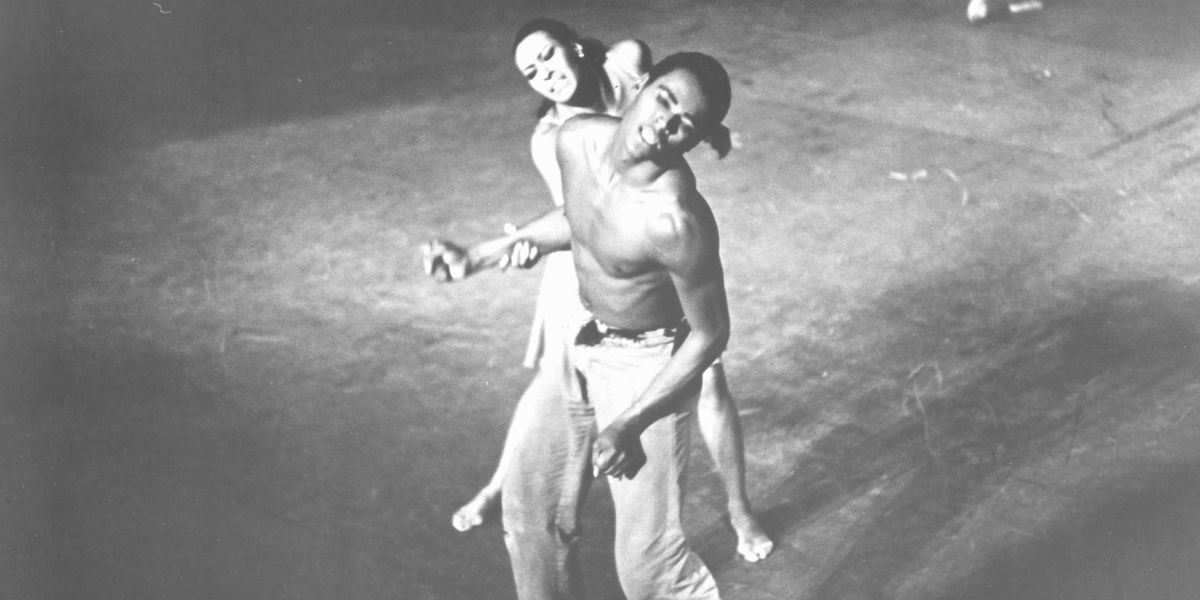Before #BlackLivesMatter: A Timeline
In this moment of history, choreographers of all walks of life are addressing racism and violence through dance. But this is not a new trend. For as long as this country has struggled with racial discrimination, dance has been a way to bring community together, a way to share a message and a way to take a stand. Here’s a glimpse back at a few major milestones that brought injustices against African Americans to the stage.
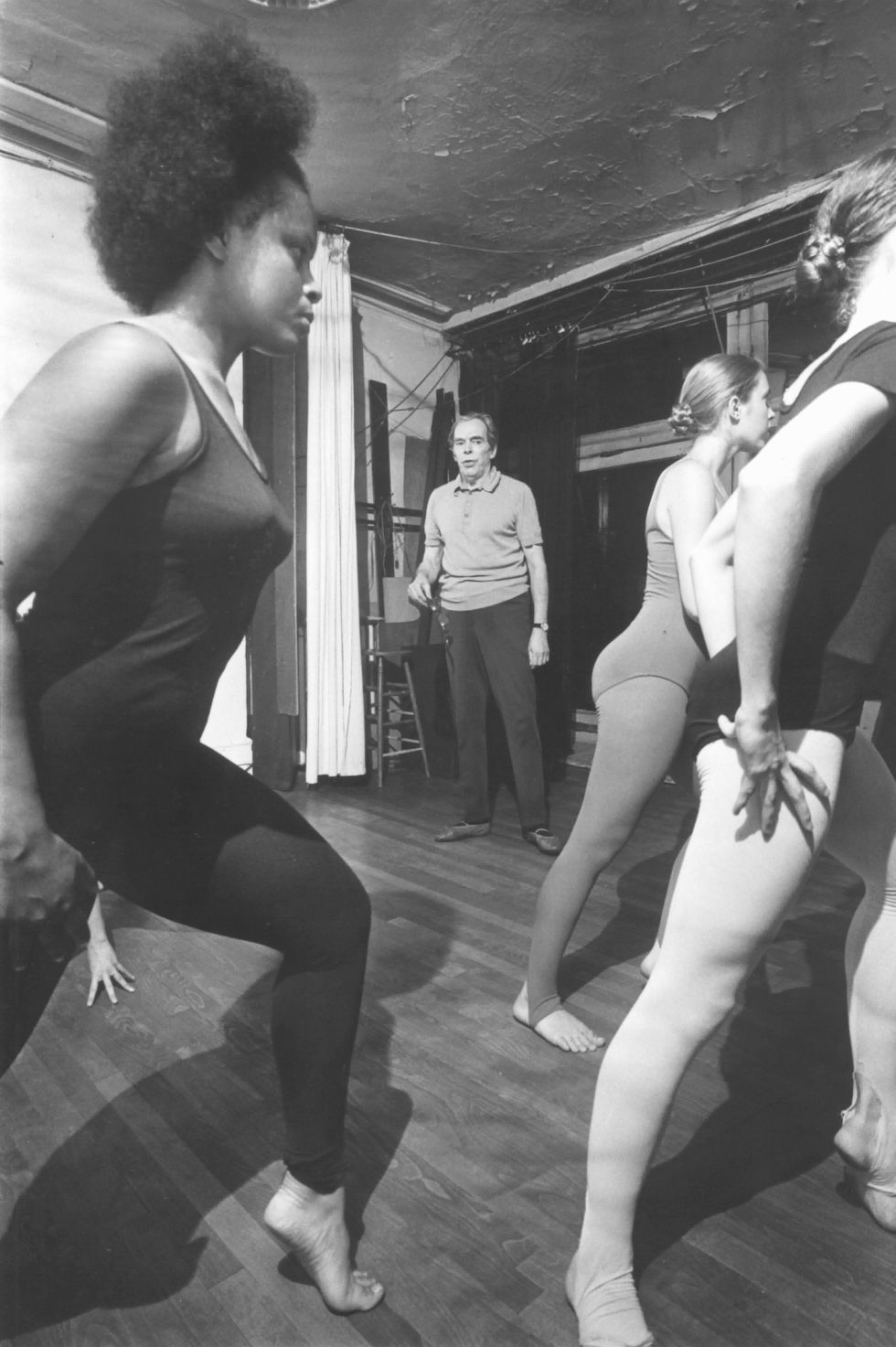
Charles Weidman leading a rehearsal of Lynchtown
John Daughtry, Courtesy DM Archives
Lynchtown (1936)
Charles Weidman’s Lynchtown depicts a mob hunting an outsider and surrounding him like vultures, an experience that Weidman himself witnessed as a child. The piece was part of a larger suite of works entitled Atavisms.
How Long Brethren? (1937)
Helen Tamiris choreographed a suite of eight pieces called Negro Spirituals, a protest of the discrimination against African Americans. The most famous was How Long Brethren?, which shed light on the lives of unemployed Southern blacks.
Strange Fruit (1945)
Pearl Primus’ Strange Fruit is a commentary on the panicked culture of lynching as seen through the eyes of a woman who witnesses the brutal event.
Southland (1951)
A two-part work about lynchings in America, Katherine Dunham’s Southland premiered in Chile, shocking the American embassy. It had only one other performance, in Paris. The U.S. government denied funding for future works by Dunham for her negative portrayal of the U.S. at the height of the Cold War.
Rainbow ‘Round My Shoulder (1959)
Donald McKayle’s dramatic masterwork reveals the frustration of oppression and aspirations for freedom of a chain gang toiling in the American South.
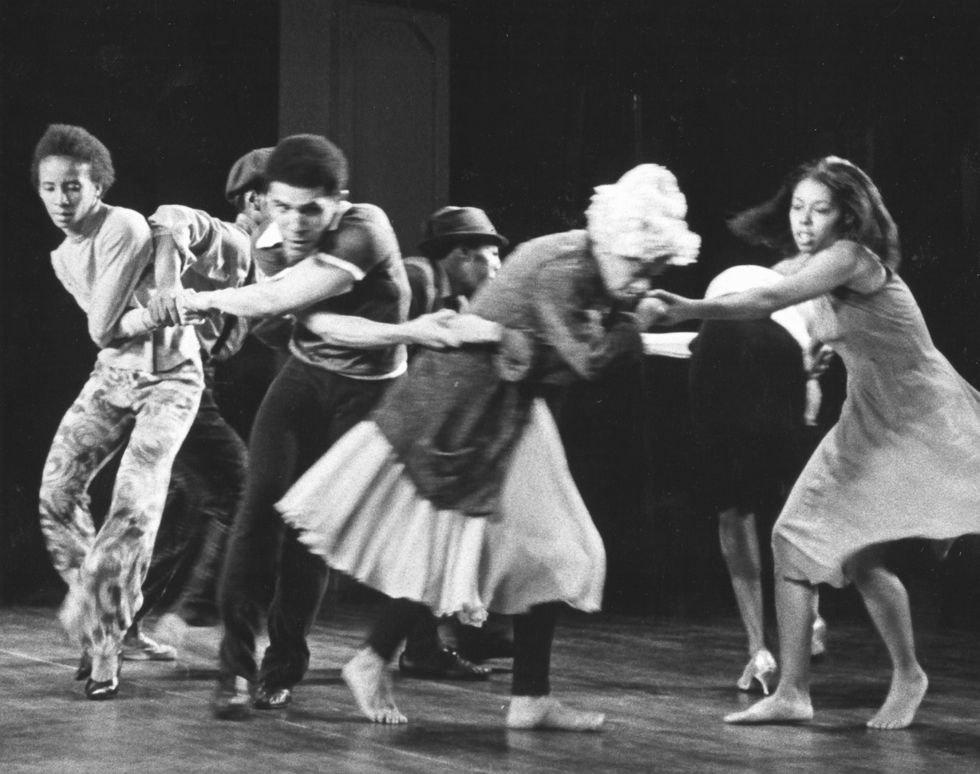
Eleo Pomare’s Blues for the Jungle
Courtesy DM Archives
Blues for the Jungle (1966)
A signature work that came to the stage in the Civil Rights era, Eleo Pomare’s Blues for the Jungle shed light on struggles like the Harlem riot of 1964.
Ceremony of Us (1969)
Following the Watts race riots in Los Angeles, Anna Halprin choreographed Ceremony of Us. She developed choreography for dancers from Studio Watts, an African-American arts organization, and separately for her all-white dance company, the San Francisco Dancer’s Workshop. The groups came together for a short rehearsal period before performing.
Cry (1971)
Alvin Ailey created Cry for “all black women everywhere—especially our mothers.” Judith Jamison, who originated the role, wrote: “She represented those women…who came from the hardships of slavery, through the pain of losing loved ones, through overcoming extraordinary depressions and tribulations…she has found her way and triumphed.”
Deep South Suite (1976)
Dianne McIntyre’s Deep South Suite shares realities of the 1940s South, set to Duke Ellington’s music.

Dance Theatre of Harlem in Creole Giselle
Leslie E. Spatt, Courtesy DM Archives
Creole Giselle (1984)
Frederic Franklin’s restaging of Giselle for Dance Theatre of Harlem sets the work in antebellum Louisiana, where Giselle can’t marry Albrecht because of her family ties to slavery.
Last Supper at Uncle Tom’s Cabin/The Promised Land (1990)
In this three-hour work, Bill T. Jones, then known mostly for pushing the avant-garde, dealt directly with his black heritage, confronting slavery and racism.
Minstrel Show (1991)
Donald Byrd created Minstrel Show in light of the slaying of Yusef Hawkins, a Brooklyn teenager killed by a white mob. Byrd reworked the piece in 2014 as The Minstrel Show Revisited after Trayvon Martin’s death and George Zimmerman’s acquittal.
Bring in ‘da Noise, Bring in ‘da Funk (1996)
Savion Glover’s musical revue showcased a history of African-American men from slavery to present day (the mid-’90s), with numbers like “The Chicago Riot Rag,” “The Lynching Blues” and “Slave Ships,” as well as a parody of Shirley Temple and Bill “Bojangles” Robinson.
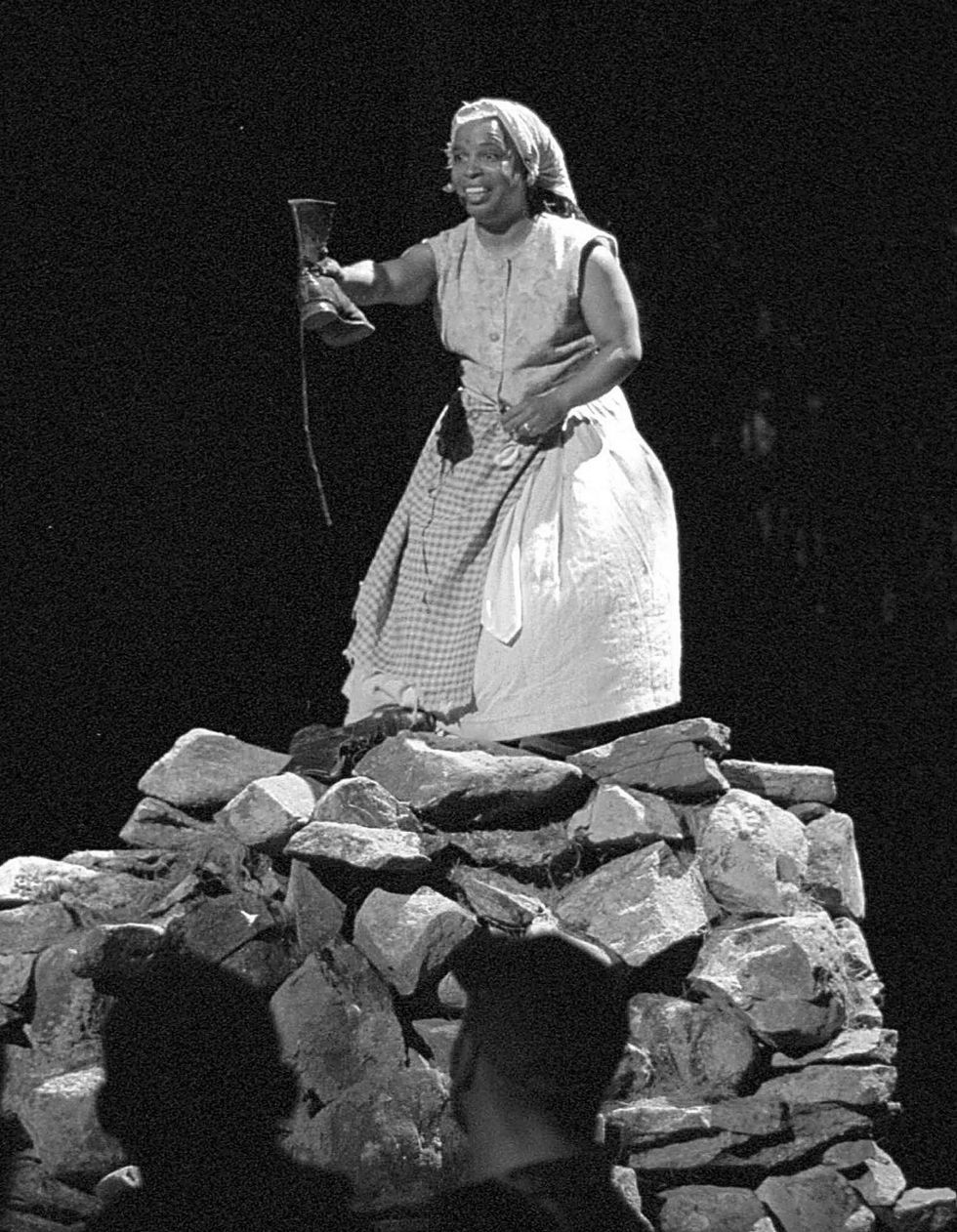
Zaccho Dance Theatre in Invisible Wings
Alan E. Solomon, Courtesy Jacob’s Pillow
Invisible Wings (1998)
Joanna Haigood’s site-specific Invisible Wings is set on the grounds of Jacob’s Pillow, illuminating its history as a stop on the Underground Railroad.
Come home Charley Patton (2004)
In the third part of The Geography Trilogy, Ralph Lemon focused on various sites from the Civil Rights period, with a recording of a James Baldwin lecture about race.
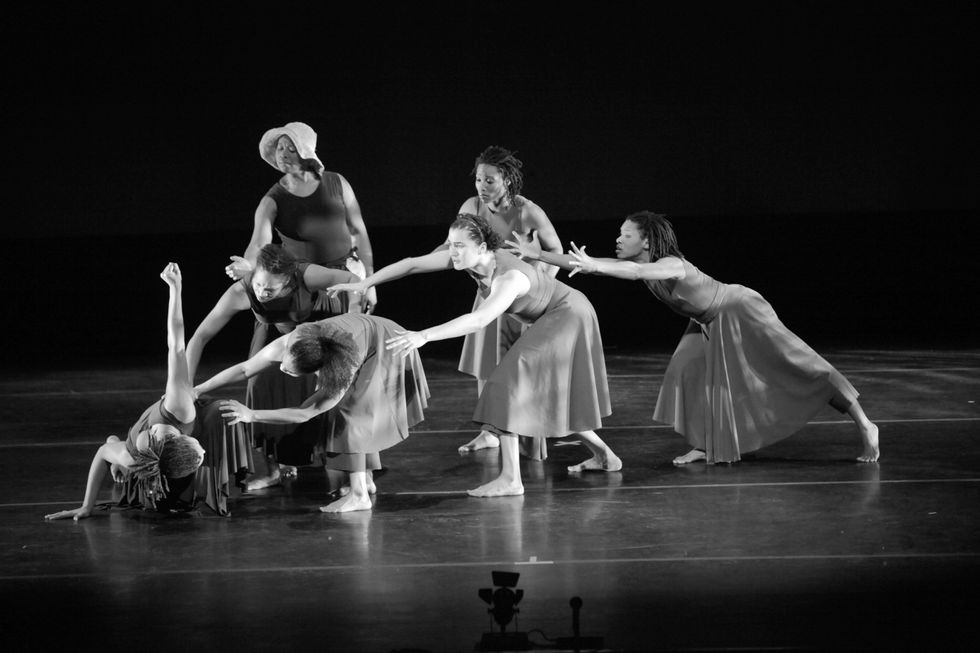
Urban Bush Women in Walking with Pearl
Aryano Hisa, Courtesy UBW
Walking with Pearl (2004–05)
Jawole Willa Jo Zollar, founder of Urban Bush Women, created an homage to Pearl Primus in Walking with Pearl…African Diaries and Walking with Pearl…Southern Diaries, which received a New York Dance and Performance Award (Bessie).
Mr. TOL E. RAncE (2012)
Camille A. Brown’s Mr. TOL E. RAncE looks at intolerance and the modern dance minstrelsy.
What did we miss?
Share which historic dance works about racism and social injustice have spoken to you. Write to us on Facebook or Twitter @Dance_Magazine.
